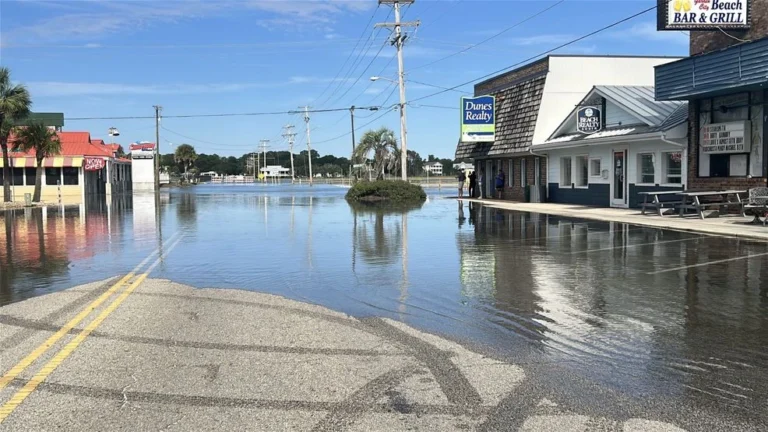Holland, Michigan Built North America’s Largest Snowmelt System Using Waste Heat from a Power Plant
HOLLAND, MICHIGAN — In a place once buried under lake-effect snow, the city of Holland, Michigan has turned winter into a season of innovation. More than three decades ago, engineers here created what is now North America’s largest public snowmelt system, a 190-mile network of underground pipes that melt snow and ice using waste heat from the city’s power plant.
The system began as a small experiment in 1988 when city officials faced a brutal winter that froze sidewalks and crippled downtown businesses. Their solution was simple but revolutionary — redirect excess thermal energy from the local power plant and send it underfoot.
How Holland’s Heated Streets Work
The snowmelt system operates like a vast, upside-down radiator. Crews installed looping plastic tubing beneath sidewalks and streets, pumping a water-glycol mix warmed by the power plant’s waste heat. Sensors detect pavement and air temperatures, automatically triggering the system when snow begins to fall.
As the heated fluid circulates, it keeps the pavement just above freezing — causing snowflakes to melt on contact.
“It’s one of those things that people take for granted here,” a local engineer said. “While other towns are shoveling, we’re just walking downtown like it’s spring.”
A Community Built on Warm Streets
The transformation has been dramatic. Merchants in downtown Holland keep their doors open through winter, families stroll without slipping on ice, and snowplows often skip the blocks covered by the system. The benefits go well beyond convenience:
- Reduced salt usage keeps local rivers cleaner.
- Longer-lasting pavement saves taxpayer money.
- Reused waste heat makes the system eco-friendly and cost-efficient.
Local businesses also report steady winter sales, no longer disrupted by storm shutdowns. “It’s changed the rhythm of the whole town,” said one downtown shop owner.
From a Pilot Project to a National Model
What started as just a few test blocks has expanded, season by season, into a 190-mile network beneath the city’s streets — making Holland’s system the largest of its kind on the continent.
City planners from across the U.S. and Canada now visit Holland to study how district energy recycling can be applied to modern cities. The system not only prevents icy roads but also demonstrates how sustainable design can reduce waste while improving daily life.
Recycling Heat, Reimagining Winter
The snowmelt system has become a point of pride for Holland residents — a quiet example of how innovation and sustainability can thrive even in harsh Midwest winters.
“It’s not just about comfort,” said a city official. “It’s about using what we already have in smarter ways.”
As snow piles high across Michigan this winter, downtown Holland will once again stand apart — a warm and walkable city built on ingenuity, efficiency, and a bit of hometown pride.
Would you like to see a system like Holland’s in your city? Share your thoughts and join the conversation at SaludaStandard-Sentinel.com.







